
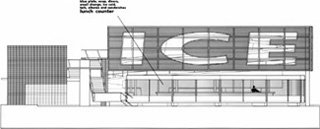
South Elevation
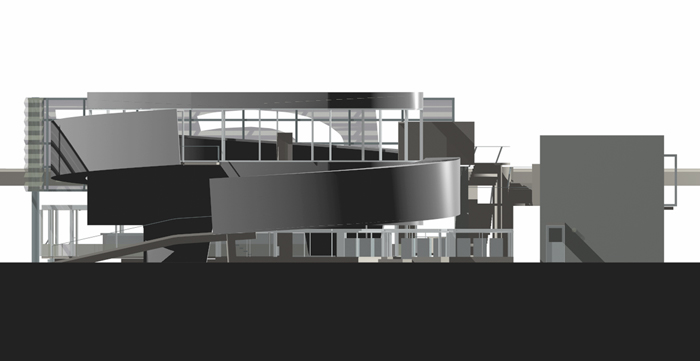
North Elevation
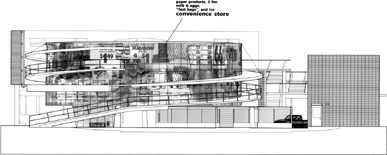
North Elevation

Site photo from I-59
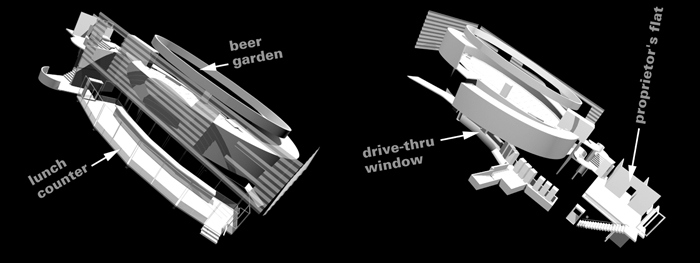
Program is addressed by incorporating a strategy of simultaneous activity, overlapping formerly isolated zones of the plan and section diagrams. Typically the functionalist program approach attributes each zone of a building to a managed level of activity. For the functionalist, every zone is articulated discretely where the limits of the program corroborate the limits of an enclosed space. In Texas Ice House the management of the plan is guided by the scale and intensity of activity where the characteristics of an activity are determined by external circumstance, and are subject to activity surge. Texas Ice House enables the program to develop along a fluctuating time-line by literally folding the sidewalk, the street, and the building edges to produce a hollow center and an active perimeter of program. While there are zones within the plan and section of Texas Ice House, they are each implicated by the other, and as the level of one activity increases within one zone it overlaps into adjacent zones in other areas of the plan and the section. Often the overlapping zones begin at one end of the site and meet at the other end of the site. Differentiation between program activities is determined by the conditions of use, the hour of the day, and the collective effect of a fluctuating crowd.
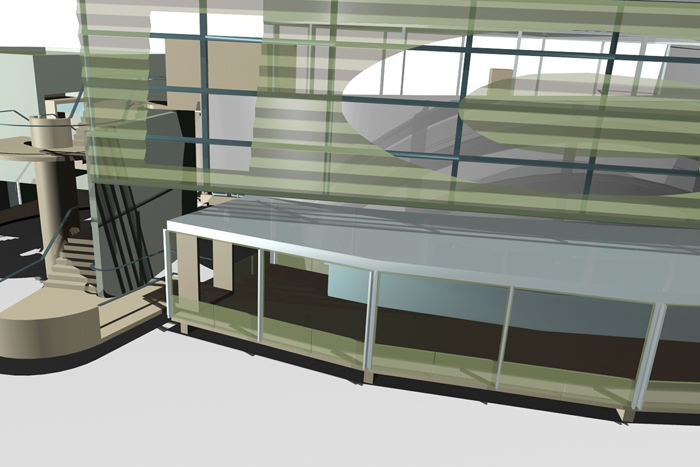
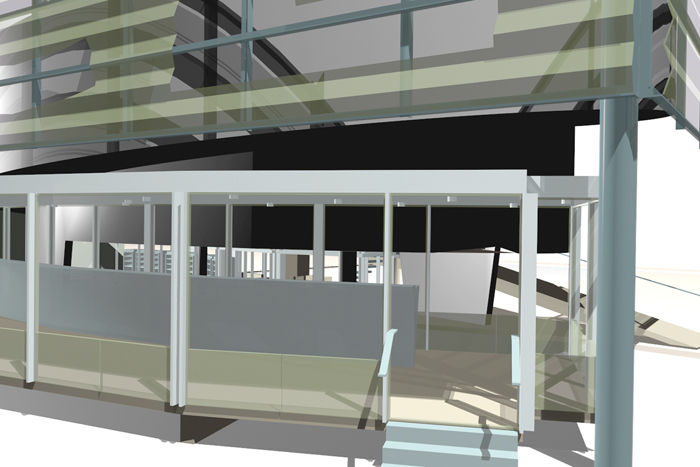
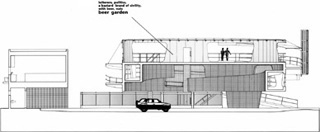
Patronage is now a global issue. As the reach of ownership extends further into the strange territory of distant locations the success of any market venture depends upon a sophisticated understanding of locale. Without this understanding remote investments in distant places become more an act of aggression rather than a provision of goods and services. Texas Ice House addresses this form of aggressive geocidal behavior by redefining the role of the proprietor, combining the interests of ownership and locale into an act of good faith. Ownership is shared between distant investors (in this case a beer brewery from Mexico) and the on-site proprietor who’s living quarters are incorporated into the building design. Here, money gets a face.

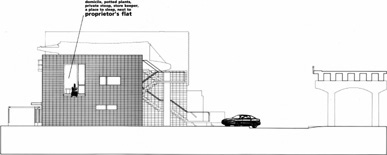
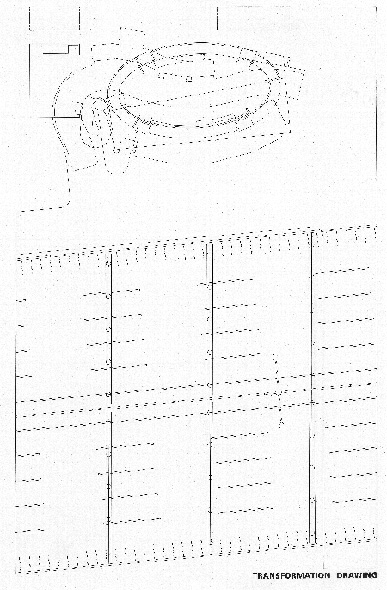
Finally, a space-time continuum is formalized in Texas Ice House through the development of the "eddy" as an operative urban paradigm. In the eddy civil space is recovered, induced through the constraints of time, movement, and the fluctuation of program as mentioned above. Houston is a city en route. From one enclave to the next, converging intervals of time and task enable listless, otherwise invisible configurations of space to conform, dissolve, then re-conform as space-time material; the new "fabric" of the post-war city. Tension between enclosure and exposure is exorcised. A continuum of individual trajectories activates urban edges that never seem to leave the street or fully enter the building. Threshold is induced but never given over to its divisive effect. Instead, edges become pliable material, deforming, deflecting, squeezing and stretching elliptically into the site, pleating the near-private inside with the ubiquitous outside; slowing the laminar flow of the street through a programmatic turbulence.

Texas Ice House proposes a new design for architecture in an auto-mobilized city. The approach develops in three ways: in the relationship of architecture to program; in the relationship of architecture to patronage; and in the relationship of architecture to a recognizable space-time continuum historically embodied in the static material and spatial dimensions of the city.



